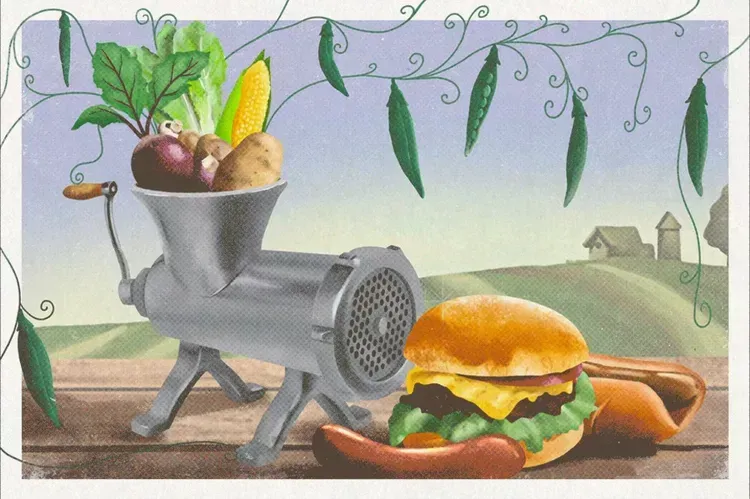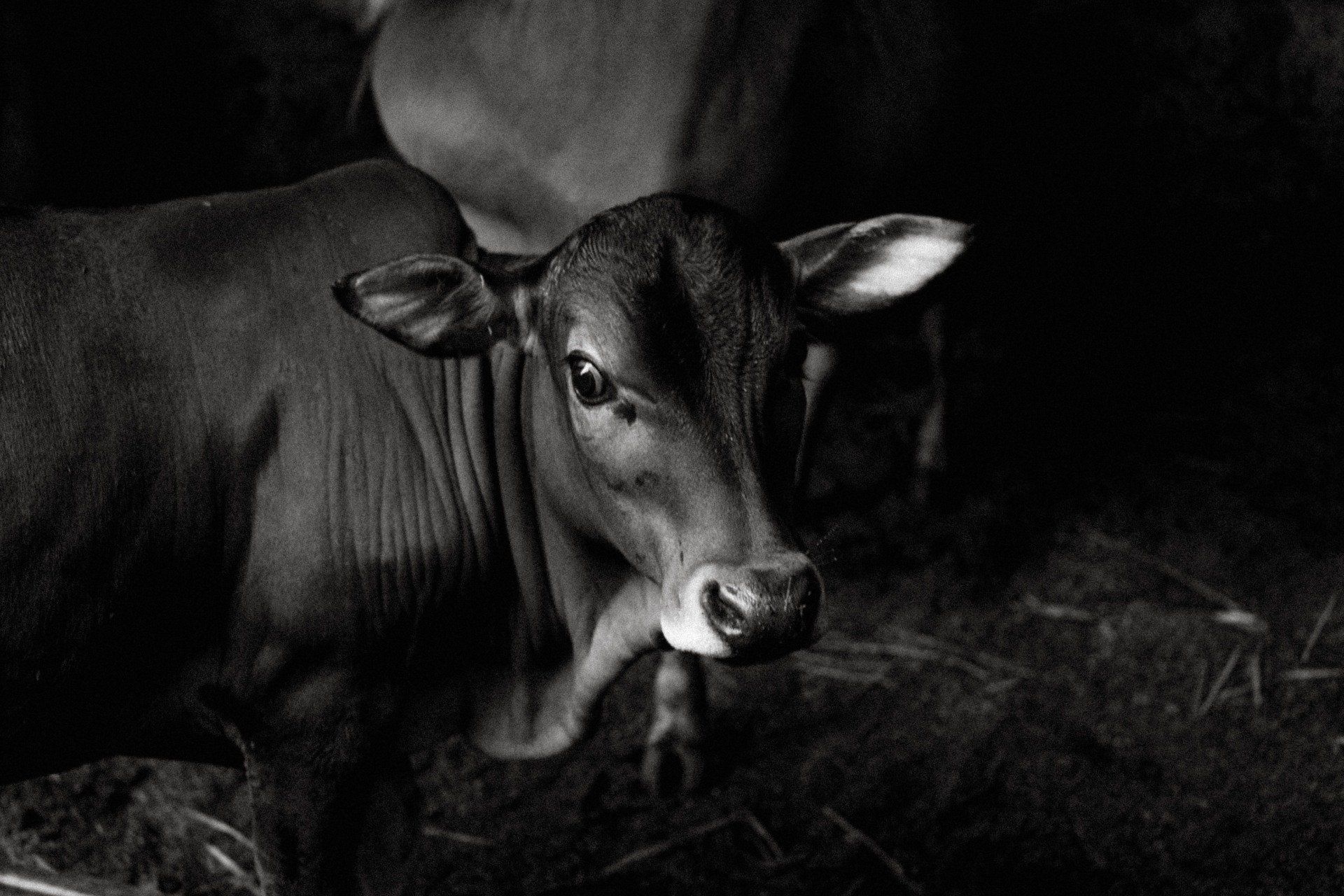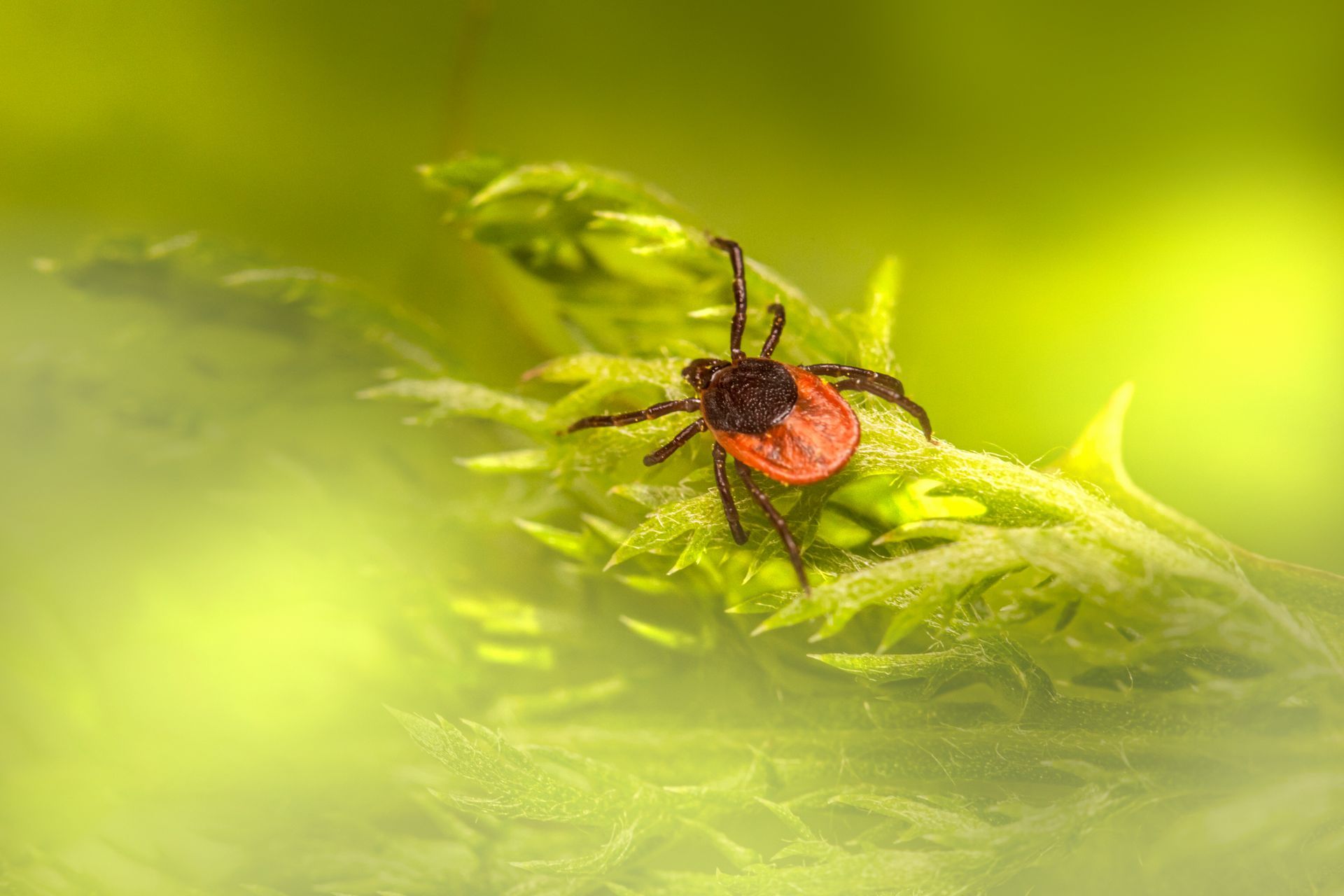What will future corn hybrids look like?

Dave Nanda | Ohio Farmer Feb 02, 2021
Predicting the future is difficult, but here is one veteran breeder’s best guess.
More than 20 years ago, when Tom Bechman, editor of Indiana Prairie Farmer, visited my research nurseries at Stewart Seeds near Greensburg, Ind., he asked me what future corn hybrids would look like and how much they would yield. I remember telling him plants would be shorter and shaped like Christmas trees to capture greater amounts of sunlight, with potential yields of 500 bushels.
I think corn plants of the future will be much shorter, 5 to 7 feet. Total number of leaves may vary from 12 to 16, depending on the relative maturity. That is fewer than the normal number of leaves per plant today. The distance between leaves will be smaller.
Corn plants will not produce tillers. Plants at the five- to seven-leaf stage will decide whether to produce one or more ears based on their micro- and macroenvironments. However, most hybrids will be genetically programmed to produce only one ear. By the eight- to 10-leaf stage, plants will decide the number of kernel rows to produce, depending on relative maturity of the hybrid. Most hybrids of the future will have girthy ears with 20 to 24 rows of kernels.
More decisions
By the 11- to 13-leaf stage, corn plants will decide the number of ovules, or potential kernels, per row. At pollination, if there are plenty of nutrients and enough water available, plants may decide to add a few more kernels at the tips. Each plant already tries to maximize its viable progeny based on its genetic potential and environment — that won’t change in the future.
If it turns hot and dry, plants may decide to abort the last-pollinated kernels near the tips and try to produce fewer but very healthy, viable progeny.
Each plant will try to maximize its progeny based on its genetic potential limited by its macro- and microenvironments. I had the good fortune of developing some widely adapted hybrids that could flex both in number of kernel rows as well as ear length.
When plants enter grain fill, and if weather conditions are favorable in late summer, they may increase kernel depth. Cool and moist weather is favorable for this phase. As plants move into the half milk-line stage of kernel development, they may add test weight to kernels. This is somewhat limited by hybrid genetics. Some hybrids have a heavier test weight than others.
It is very important to protect leaves from diseases earlier in the season by spraying foliar fungicides if the hybrid is susceptible to prevalent fungal diseases.
Future plant density, spacing
Ear size of future hybrids will be smaller so they can be supported by thinner but stiffer stalks of 5 to 7 feet tall. Plants will be grown at 70,000 to 80,000 plants per acre in equidistant spacing of 9- to 10-inch, diamond-shaped rows. This will occur rather than the square spacing between plants in adjacent rows common today.
How can this happen? Progressive manufacturers and innovative companies and farmers are already making strides. If the demand for equipment capable of delivering this planting pattern increases, someone will build it!
The ideal ear type of future hybrids will have the ability to vary both number of kernel rows as well as number of kernels per row, depending on the environment at various stages of growth.
Nanda is director of genetics for Seed Genetics Direct, Jeffersonville, Ohio. Email dave.nanda@gmail.com or call 317-910-9876.The body content of your post goes here. To edit this text, click on it and delete this default text and start typing your own or paste your own from a different source.
You might also like
Jaynie Norman


